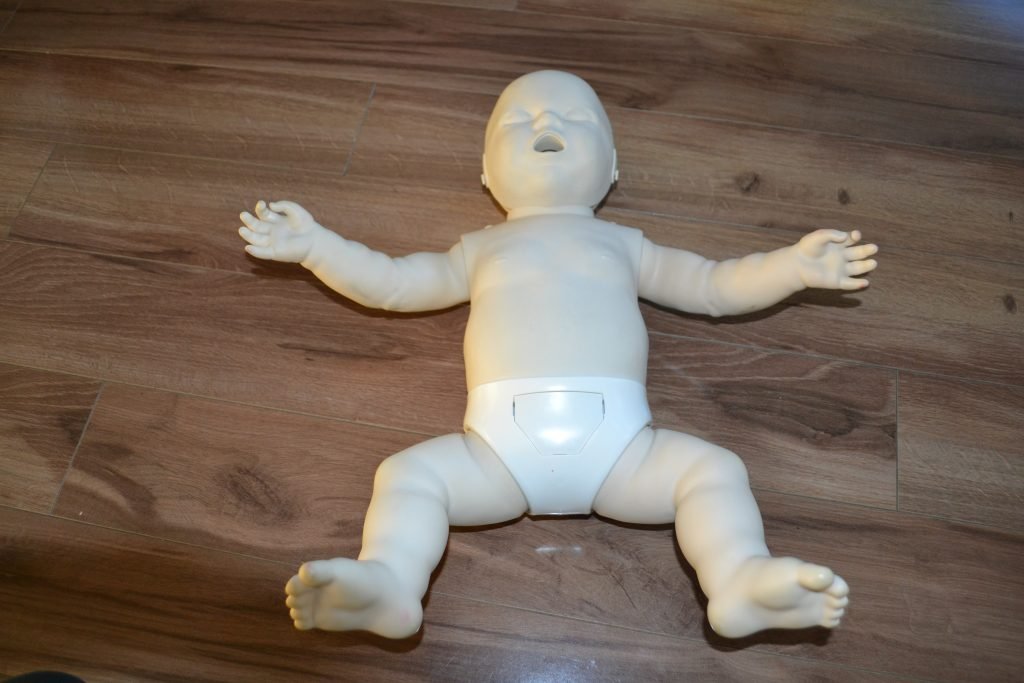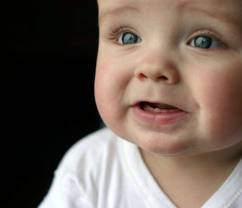Seizures in children happen when the brain functions abnormally that results to changes in attention, movement and level of awareness. Generally, different types of seizures can happen that affect different areas of the brain and can be localized which affects only an area in the body or widespread. Seizures in newborns are different than the seizures that affect toddlers, school-aged children and adolescents.
Causes of seizures in children
- Among children, it can be due to underlying conditions such as cerebral palsy, meningitis and head trauma.
- Blood vessel disorders
- Infections
- Certain drugs
- Poisons
- Metabolic disorders
Different types of seizures can happen that affect different areas of the brain and can be localized which affects only an area in the body or widespread. - Lastly, bleeding inside the brain
Symptoms
- At first, children suffering from the absence form or petit mal have lose awareness with starring or blinking which happens suddenly and stop quickly with no convulsions. The child returns to a normal state when the seizures stop.
- A generalized convulsion involves jerking and spasms of the muscles and sometimes there is difficulty breathing and rolling eyes. In addition, sleepiness and confusion after a seizure can occur and the child does not remember anything after an episode.
- Repetitive movements such as lip smacking, chewing, clapping and confusion are distinctive characteristics of the complex partial forms.
- Lastly, the partial forms affect only one group of muscles which cause spasms and moving convulsively. Spasms move from group to group and children with these seizures behave strangely during the episode and does not remember anything after.
Treatment
- Let the child lie down.
- Remove any glasses or other dangerous objects around the area.
- Avoid placing anything in the mouth of the child to prevent injuring the child.
- Check if the child is breathing. Seek medical help immediately if the child is not breathing.
- After the seizure, place the child on one side and check if he/she is fully awake. If the child is not breathing within 1 minute after the seizure stops, begin mouth-to-mouth resuscitation or CPR. In addition, avoid delivering rescue breathing during convulsion seizures to prevent making the condition worse.
- Give the prescribed fever medication to lessen the fever.
- Avoid giving food, liquids or medications through the mouth of the affected child who has just had a seizure.
Tips
- Treat the fever of children who are susceptible to febrile seizures.
- Parents and caretakers should be aware of additional safety measures such as adult supervision if swimming or performing activities that results to injury when a seizure happens.
- In addition, another area that needs added care is in the bathroom, especially when the child takes a bath. Showers are preferred to lessen the risk of drowning from the baths.
Disclaimer
The material posted on this page for seizures is for learning purposes only. If you want to learn to properly manage seizures among children, register for a first aid course with a training provider near you.
FACT CHECK
https://www.webmd.com/epilepsy/types-of-seizures-their-symptoms#1
https://medlineplus.gov/seizures.html
https://www.mayoclinic.org/diseases-conditions/seizure/symptoms-causes/syc-20365711

